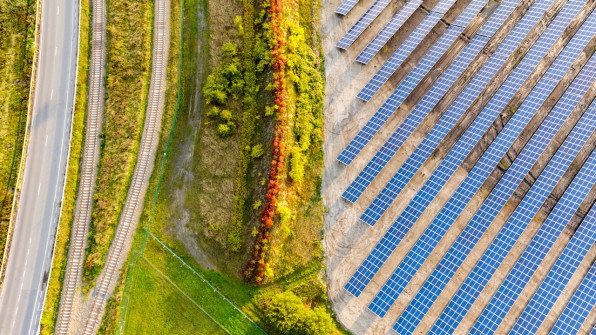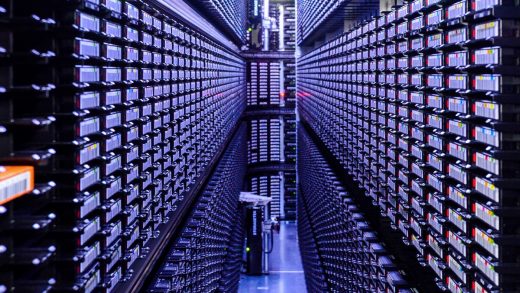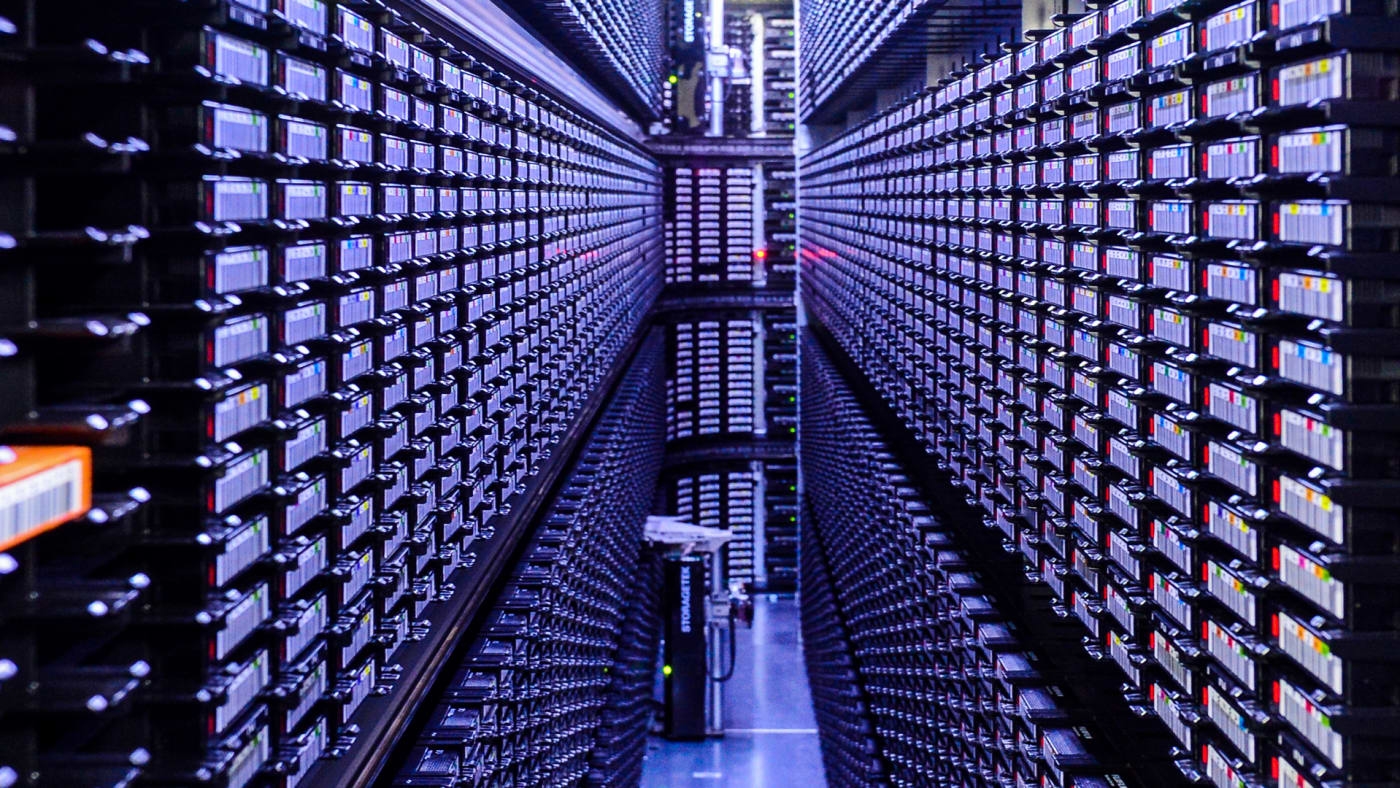How Google cleared a path for companies to buy clean power
Four miles from the town of Albany in southeast Georgia, in an area filled with farms, construction will soon begin on a sprawling new 120-megawatt solar plant. It will be the first solar facility in the county, and it will exist in part because Google–which has a large data center in Georgia–is working to bring renewable electricity to every region in which it operates.
The solar farm is one of two new projects in Georgia that will sell energy to Google via the local utility, and is also the latest example of the company’s work to open energy markets to corporations that want to support new sources of renewable electricity. The company pioneered the practice in 2010; now, companies from Nike to Starbucks and AT&T are doing the same thing.
“Google was innovative,” says Lily Donge, a principle for the Business Renewables Center at the nonprofit Rocky Mountain Institute, which works with Google and other corporations that procure renewables. “They tried something that was not done by corporations and that took risk.”

Traditionally, wind farms and solar farms sold wholesale power only to utilities, and regulations made it impossible for companies to buy that clean energy. It also wasn’t possible for Google to generate the energy it needed on-site; solar panels on a roof won’t run a data center. But the company realized that it could apply to the federal government for the right to buy and sell wholesale power itself, and then create long-term contracts–called power purchase agreements–with the developers of renewable projects.
The first project was a wind farm in Iowa. By 2017, with around 20 similar projects, Google met a longstanding goal to buy as much renewable energy as it uses globally, sourced from new wind and solar plants (every kilowatt of energy used by Alphabet, its parent company, is matched with an equivalent amount of renewable energy). Right now, that power isn’t generated on each of the local grids where Google works, or supplying energy 24/7–at night, for example, a solar farm in one location won’t be generating electricity, but during the day, it can help offset fossil fuels used elsewhere.
“We produce more in some hours than we’re consuming, and in some hours there’s a little bit less renewable energy, but across the balance of the year and the globe we are matching that on a 100% basis,” says Neha Palmer, head of energy strategy at Google. Ultimately, the company wants to use clean energy everywhere it works, all the time. The next step in that process is to buy renewable energy on every local grid where Google works.
The process is challenging. Whenever it buys renewable energy, the company is only interested in helping bring new projects onto the grid. “We really want to make sure that we are making a difference on the grids that we’re operating on by doing these types of projects,” Palmer says. “So one criteria we have is that these projects need to be new to the world. If you had a wind farm that had been in operation for five years, that’s not going to be a project that we’re going to buy power from, because it’s already a part of the carbon mix of the grid.”
As the company works to source new renewable energy near its data centers, it’s often helping open the energy market to corporations for the first time. Google had a data center in Georgia for years, but it took years of conversations with Georgia Power–which owns the local grid, the power plants, and is the only option for customers in the area–to find a solution. The deal in Georgia is a variation called a green tariff, in which the new solar farms will sell renewable energy to the utility, and the utility will give renewable energy credits to Google, along with Johnson & Johnson, Target, and Walmart, which all committed to the program for at least 10 years.
“It really does change the ways that [Georgia Power] is planning,” says Palmer. “Now that they have these projects that they’re going to buy on our behalf, they’re incorporating that into how they plan their energy mix on the grid.” Once the solar farms are in operation, Google and the other companies will be able to substitute a portion of their electric bills with a fixed price for the amount of renewable energy generated, which can also help save money.

In Alabama, where the company is building a new $600 million data center, it’s working with Tennessee Valley Authority to bring new renewable energy on the grid there. In North Carolina, Google worked with Duke Energy to build solar plants. In Oklahoma, it committed to buy power from wind farms. In Taiwan, another location where Google has a data center but there is currently little renewable energy, the company worked with the government-run Taipower utility to make it possible for corporations to buy clean power.
For Google, buying renewable power is one piece of a larger plan to cut its carbon footprint. The company buys carbon offsets to make its energy use carbon neutral, investing in projects like a system that captures methane from a rural landfill, then turns it into electricity for nearby homes. (Methane, which wafts from food and other rotting organic waste in landfills, is a more potent greenhouse than CO2.)
The company is also focused on improving efficiency. Google’s data centers now use around half of the energy of the industry standard, and deliver 3.5 times more computing power than they did five years ago. “Essentially, we’re getting a lot more searches, a lot more Gmail, out of the same amount of energy,” says Kate Brandt, Google’s sustainability officer. The company has also worked to reduce other parts of its energy use, from using geothermal heat pumps to working on recipes designed to convince employees to eat less meat in the company’s cafeterias. In a month, the emissions created by an average Google user are equivalent to driving about a mile–before accounting for the renewable energy it buys or the carbon offsets that eliminate the rest of its footprint.
But the company’s early work pioneering new ways to source renewable energy may have had the most influence beyond its own walls. By 2013, a handful of other companies, including Microsoft and Facebook, had also announced corporate renewable deals. By 2015, the total amount of clean energy that corporations were sourcing–including a large chunk from Amazon–had grown nearly 10 times. In 2017, companies made deals for 2.89 gigawatts of clean power. This year, corporations will surpass that.
As Google moves forward, the company is working to find renewable energy options that can better meet demand every hour of the day on local grids–perhaps by pairing solar and wind or hydropower, or adding new energy storage as the cost of batteries drops.
When it builds new data centers now, Google says that it looks for renewable energy options in the area, and energy suppliers now expect their requests. “Where we used to have to go in and explain to energy suppliers, hey, this is what we’re looking for, they now know that when we enter a territory we’re going to want this, and they actually come to the table with some solutions,” says Palmer. “That’s been a really refreshing change and I’ve really only seen it in the last 12 to 18 months. I really do think it’s a combination of us being able to open the market, being very vocal about our efforts and our criteria and what we want, and a lot of momentum from other corporates doing the same.”
(37)



